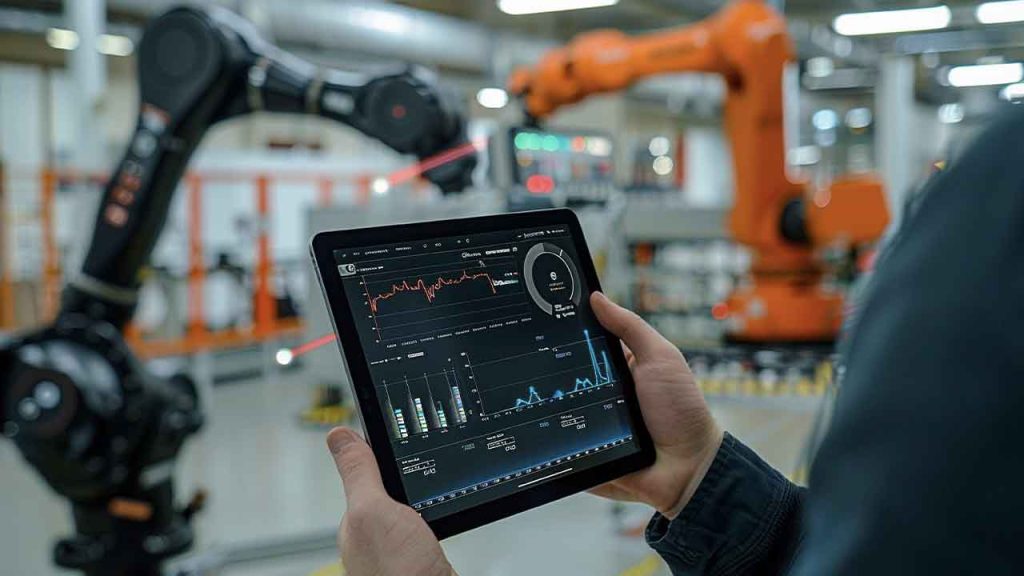
The Next Manufacturing Advantage: From Products to Intelligent, Connected Services
Machines and software are everywhere. The next competitive edge no longer comes from owning more of them — it comes from connecting, learning, and evolving faster than the competition. For manufacturers, the challenge is no longer adopting technology but turning it into a measurable, repeatable advantage.From Efficiency to IntelligenceTechnology is rewriting the rules of manufacturing […]
Read more →

